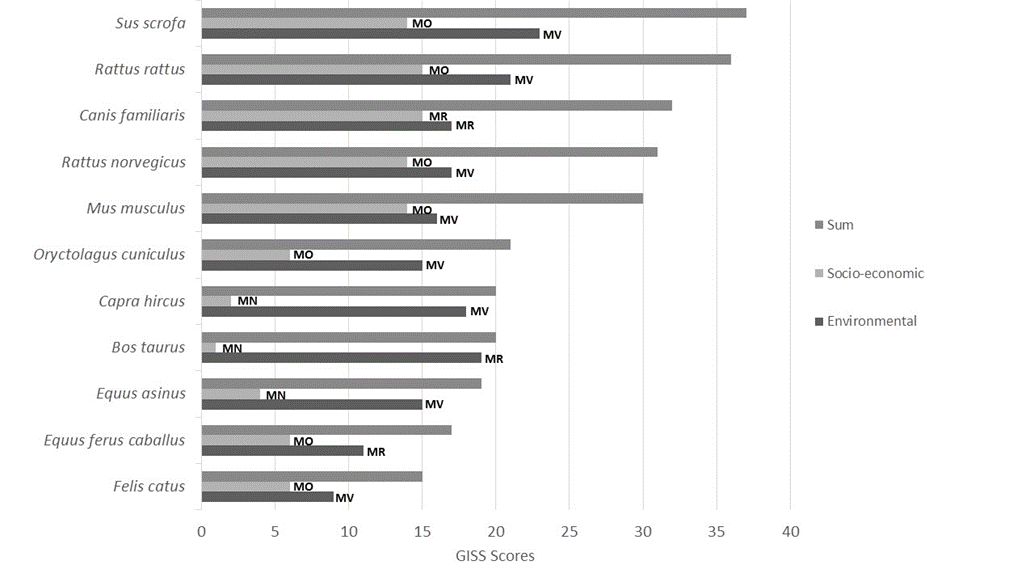Tall-statured grasses provide an important functional group for invasion research
Tall-statured grasses often have generalisable impacts related to their ability to produce and accumulate a large amount of biomass. The idea of tall-statured grasses as being a useful functional group for invasion science was explored in a recent article published in Biological Invasions.





